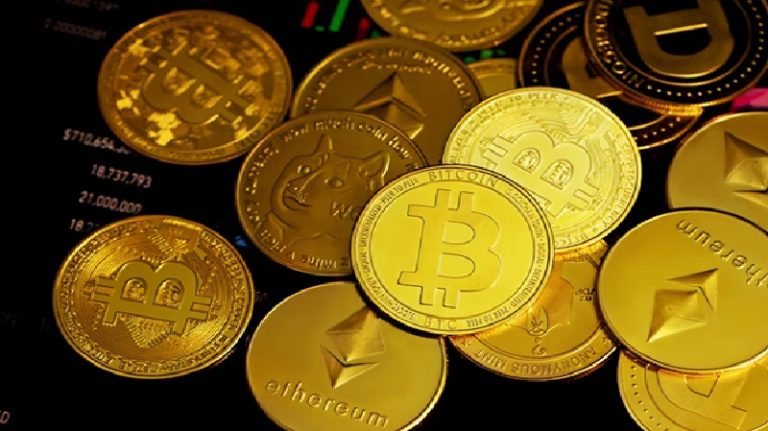
DeFi Dungeons $GOLD token vault closed on March 20, 2025, at 17:00 UTC, with over $130 million in deposits, primarily in $USDC and $SOL, according to posts on X and related web sources. This figure significantly exceeded the vault’s $3 million cap, resulting in an oversubscription of approximately 4,300%. The Token Generation Event (TGE) utilized Meteora’s Alpha Vault technology, designed to ensure a fair launch by allowing participants to deposit funds during a 24-hour window (March 19, 17:00 UTC to March 20, 17:00 UTC) to purchase $GOLD tokens at a fixed price of $0.03 each. With 100 million $GOLD tokens allocated to the vault (10% of the total 1 billion token supply); the massive deposit volume triggered a pro-rata distribution.
For example, if an investor contributed $1,000 out of the $130 million total, they would receive roughly 0.000769% of the 100 million tokens—approximately 256 $GOLD tokens worth $7.69 at the capped price, with the remaining $992.31 refunded. This reflects the high demand for $GOLD, the core token of the Solana-based fantasy idle RPG DeFi Dungeons, signaling strong community interest in its play-to-earn ecosystem as trading began on March 20 at 18:05 UTC.
Pro-rata distribution is a method of allocating resources or assets proportionally based on each participant’s contribution relative to the total. In the context of something like the DeFi Dungeons $GOLD token vault, it’s used when demand exceeds supply—like when $130 million was deposited for a vault capped at $3 million. Here’s how it works in simple terms:
Imagine there’s a pie (the total allocation, say 100 million $GOLD tokens) and a group of people putting money into a pot to get a slice. If the pot gets way more money than expected, you can’t give everyone the full slice they wanted because there’s only so much pie. Instead, you divide the pie based on how much each person put in compared to the total pot.
Register for Tekedia Mini-MBA edition 17 (June 9 – Sept 6, 2025) today for early bird discounts. Do annual for access to Blucera.com.
Tekedia AI in Business Masterclass opens registrations.
Join Tekedia Capital Syndicate and co-invest in great global startups.
Register to become a better CEO or Director with Tekedia CEO & Director Program.
Since the deposits overshot the cap, the distribution isn’t based on the full $130 million but on the $3 million worth of tokens available. Each person gets tokens proportional to their share of the $130 million. If you deposited $1,000, that’s 0.000769% of $130 million ($1,000 ÷ $130,000,000). You’d then get 0.000769% of the 100 million tokens, which is about 769 tokens. However, because the vault was priced at $0.03 per token, the $3 million cap means only 100 million tokens were up for grabs—so your $1,000 gets you roughly 256 tokens ($7.69 worth), and the rest of your deposit ($992.31) is refunded.
In short, pro-rata ensures fairness by scaling everyone’s allocation down equally when there’s more demand than supply, based on their contribution’s percentage of the total. It’s a common mechanism in oversubscribed token sales or investment rounds to avoid favoritism and manage limited resources. Decentralized Finance (DeFi) encompasses a variety of mechanisms beyond pro-rata distribution that leverage blockchain technology to recreate and innovate on traditional financial systems. AMMs are a cornerstone of decentralized exchanges (DEXs) like Uniswap or PancakeSwap. Instead of using a traditional order book (where buyers and sellers match), AMMs rely on liquidity pools—pots of tokens provided by users.
Prices are set by a mathematical formula (often x * y = k, where x and y are the amounts of two tokens, and k is a constant). If you trade one token for another, the pool adjusts the price based on supply and demand. Users who add tokens to these pools (liquidity providers) earn fees from trades, but they can face “impermanent loss” if token prices shift significantly. Yield farming involves putting your crypto into a DeFi protocol to earn rewards, usually in the form of additional tokens. Think of it like earning interest on a savings account, but with higher risks and returns. For example, you might lock tokens in a lending platform like Aave or a liquidity pool on Curve, and the protocol pays you for providing liquidity or supporting its operations.


